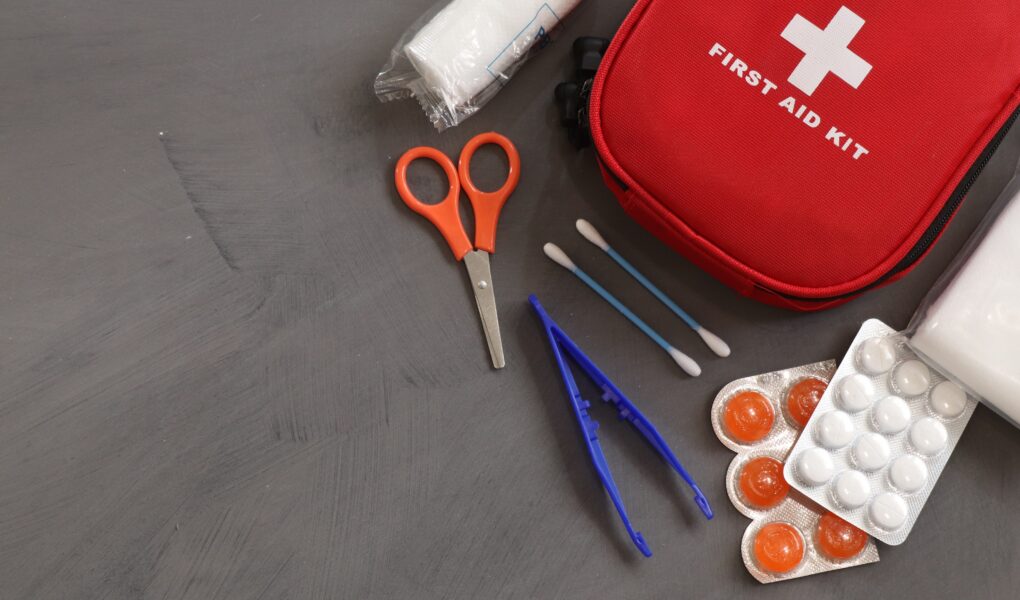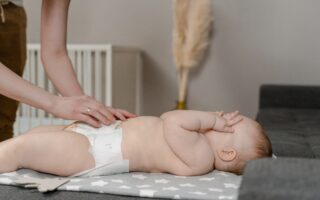Introduction
As parents, ensuring the safety and well-being of our children is our top priority. Having essential medical supplies readily available at home can bring peace of mind and help us respond effectively to common childhood health issues. In this article, we will discuss the ten essential medical supplies every family should have on hand to handle minor injuries, illnesses, and emergencies. From bandages to fever-reducing medication, we’ll cover the must-haves that will empower you to provide quick and effective care for your little ones.
1. Adhesive Bandages and Gauze Pads
Adhesive bandages (commonly known as “band-aids“) are a staple in every household for covering small cuts and wounds. Additionally, gauze pads and medical tape are essential for larger injuries that require more substantial dressing. Make sure to keep a variety of sizes to accommodate different wounds.
2. Antiseptic Wipes or Solution
Antiseptic wipes or solutions are crucial for cleaning cuts and scrapes before dressing them. Keeping the area clean helps prevent infection and aids in the healing process. Look for products that are child-friendly and do not cause stinging on the skin.
3. Digital Thermometer
A digital thermometer is an indispensable tool for monitoring your child’s temperature accurately. Opt for a reliable and easy-to-use model that provides fast and accurate readings. A fever can be a sign of an underlying illness, and timely monitoring helps you decide when to seek medical attention.
4. Fever-Reducing Medication
Acetaminophen or ibuprofen can help reduce fever and alleviate pain in children. Always consult your pediatrician for proper dosage instructions based on your child’s age and weight. Having these medications on hand can provide quick relief during fevers or minor discomforts.
5. Oral Rehydration Solution (ORS)
ORS is essential for replenishing lost fluids and electrolytes in case of diarrhea, vomiting, or dehydration. This solution helps prevent complications and ensures your child stays hydrated during bouts of illness.
6. Hydrocortisone Cream
Hydrocortisone cream is useful for soothing minor skin irritations, such as insect bites, rashes, or allergic reactions. Keep in mind to use it under the guidance of a pediatrician and avoid applying it to broken skin.
7. Nasal Saline Drops
Nasal saline drops are gentle and effective in relieving nasal congestion in babies and young children. They help clear nasal passages and make breathing easier, especially during colds or allergies.
8. Tweezers and Scissors
Tweezers are handy for removing splinters or foreign objects from the skin, while scissors can be used to safely trim bandages or gauze. Ensure these tools have rounded tips and are specifically designed for children’s safety.
9. Cold Packs and Hot Water Bottles
Cold packs are ideal for reducing swelling and providing relief for minor injuries. On the other hand, hot water bottles can be used to soothe muscle aches or menstrual discomfort. Always follow the recommended usage guidelines and supervise their application for children.
10. First Aid Manual
A comprehensive first aid manual tailored to children’s health can be a valuable resource for parents. It provides guidance on basic first aid procedures and helps you respond confidently to various emergencies.
Conclusion
Having these ten essential medical supplies on hand can make a significant difference in caring for your child’s health at home. Being prepared allows you to respond promptly to minor injuries, illnesses, or discomforts, providing comfort and reassurance to your little ones. Remember to regularly check and restock your supplies, and always seek professional medical advice when necessary.



